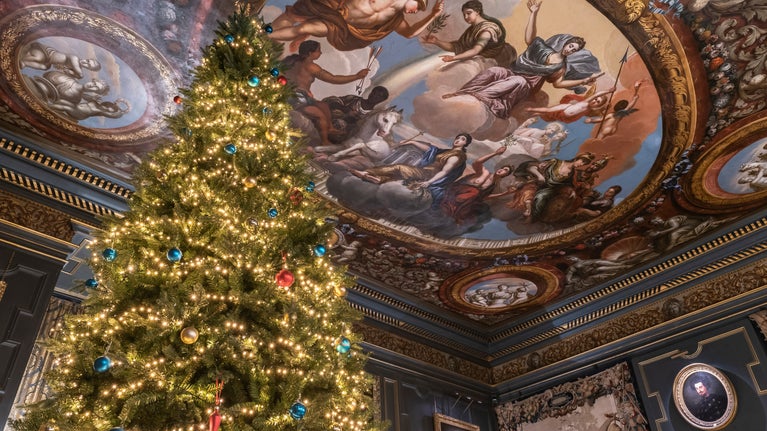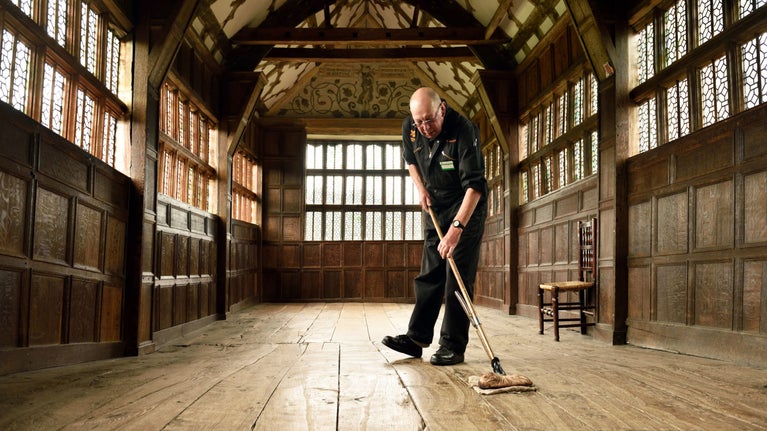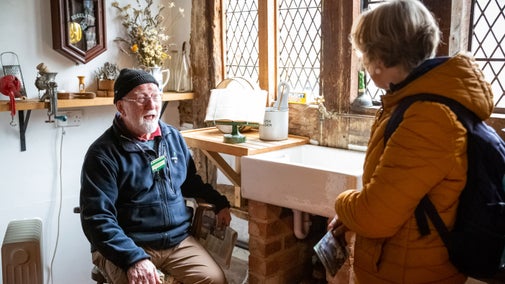
Immerse yourself in history
Meet people from the centuries gone by, learn about the unique artworks in our care and understand more about historic traditions.

This spring, why not try cleaning your home the National Trust way? We’ve raided our cleaning experts’ toolkit to bring you top tips for keeping your house spick and span.
With more than 300 historic houses to look after, we know a thing or two about cleaning. The biggest houses may require up to 240 hours of cleaning every week – as well as a small army of staff and volunteers.
With so much space to cover, we draw on an array of tips and techniques which have stood the test of time. Where possible we opt for natural cleaning products and old-fashioned methods that are good for the environment.
Among the items banned from our cleaning toolkits are yellow dusters, which leave a trail of lint fluff behind. We also have tricks for polishing wooden floors, shining priceless ceramics and dusting century-old books.
National Trust cleaning experts reveal their top tips on how to keep your floors, furniture and ornaments looking their best.

Spring is the time when you are most likely to see conservation cleaning taking place. Cleaning not only helps keep the houses in our care looking good, it also gives us the chance to examine items for signs of damage or pests.
For your own home, you could devise a routine for simple, regular tasks and a bigger plan for an annual spring clean.
Across the country, teams of conservation volunteers help us look after the collections in our care. We've gathered a few tips to guide you in caring for your own possessions.
Use the right cleaning material for the object you're cleaning. Use soft pony hair brushes for metals, glass and porcelain, and hog's hair brushes for plain wood. Glass can also be cleaned with white vinegar.
To avoid damage, always handle things very carefully – they may be more fragile than they look. Ensure your hands are clean and that you're not wearing any rings or bracelets that could snag.
Always note events, names, places and dates (in pencil) on the back of your photographs and record the history of objects you have at home.

Meet people from the centuries gone by, learn about the unique artworks in our care and understand more about historic traditions.
National Trust conservationists know a thing or two about protecting valuable items. Get some top tips to protect your precious objects.

Explore a selection from more than half a million books and manuscripts in the collections we care for. Libraries Curator Tim Pye takes a closer look at some of the most significant works.

Discover why the issue of protecting historic surfaces from dust is important to conservation work.

There are hundreds of different ways you can volunteer for the National Trust at historic houses, in the gardens or at the many coastal and countryside landscapes we care for.
